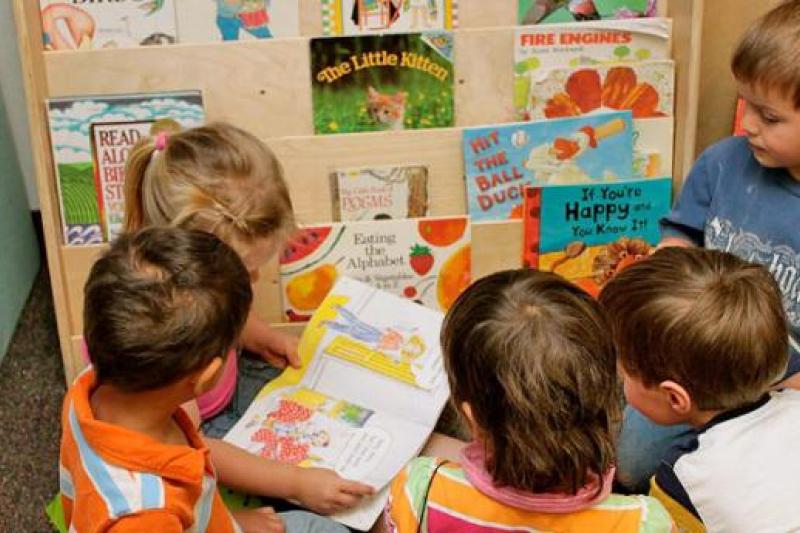It’s complicated: Australia’s education and employment relationship

Job growth is not benefiting all people equally. Youth unemployment has remained in double digits for nearly a decade and in pockets particularly across regional Australia, youth unemployment is above 20 percent. This is in spite of the fact that nearly 90 percent of young people are finishing school, and many are completing post school tertiary education.
Whilst having a degree does improve employment opportunities in the long run, some young people fare better than others. For example, around half of all science graduates are only employed part time four months after graduating and many of these (40 percent) are working in fields unrelated to their degree.
By contrast, courses with strong industry connections, such as engineering, and vocational education and training (VET) qualifications seem to result in good employment outcomes, with around 80 percent of VET students employed upon finishing training.
In this light, it is particularly concerning that recent Mitchell Institute modelling warns that we could see a total demise of our important VET sector if recent enrolment trends continue. It is astonishing that our vocational sector continues to be dragged through the mud despite the vital role it has to play in Australia’s future.
Success should be every young person being on a positive pathway at age 24, not a high score at the end of Year 12.
Almost all new jobs will require post school qualifications – around half of all new jobs will require a vocational qualification, whilst around half will require a university qualification. This poses challenges to the education system, to governments and to society.
Low wages in job growth areas, like early childhood education and care (ECEC), are contributing to high levels of workforce churn. We desperately need more workers in aged care, disability and ECEC but we are not providing the right incentives to attract and keep good people.
Solutions to these problems are many and complex.
One solution to help young people better transition to the workforce, as stated in the recent Gonski report, is to further embed capabilities in the curriculum. As science graduate employment rates exemplify, knowledge isn’t enough to secure a young person a job. They need to be able to apply their knowledge – communicate their ideas, work with other people and overcome challenges.
Capabilities are in the Australian curriculum but are addressed in varied ways across the country and often not prioritised as they do not count in high-stakes assessment. Some students develop capabilities outside of school, in scouts, drama clubs and the like, but not all students have these opportunities. A focus on capabilities needs to continue in tertiary education, as it is vital that discipline-specific capabilities are developed, preferably in conjunction with industry, to ensure young people are job ready. This is common practice in some disciplines, like nursing and medicine.
Another concept is to equip young people with the skills they need to create and manage their own employment. Entrepreneurial learning is being viewed as a promising approach to keep rural young people in their local area by helping bring jobs to their communities.
More nuanced career planning is essential to enable young people to navigate a complex employment landscape, including building financial literacy if they are to manage multiple employment arrangements. We also need to do better at highlighting where various tertiary pathways can lead, and in particular areas of employment growth into the future.
A key to all of this is re-conceiving what a strong education system should deliver: success should be every young person being on a positive pathway at age 24, not a high score at the end of Year 12.
This article was originally published by The Age. Read the original article.



